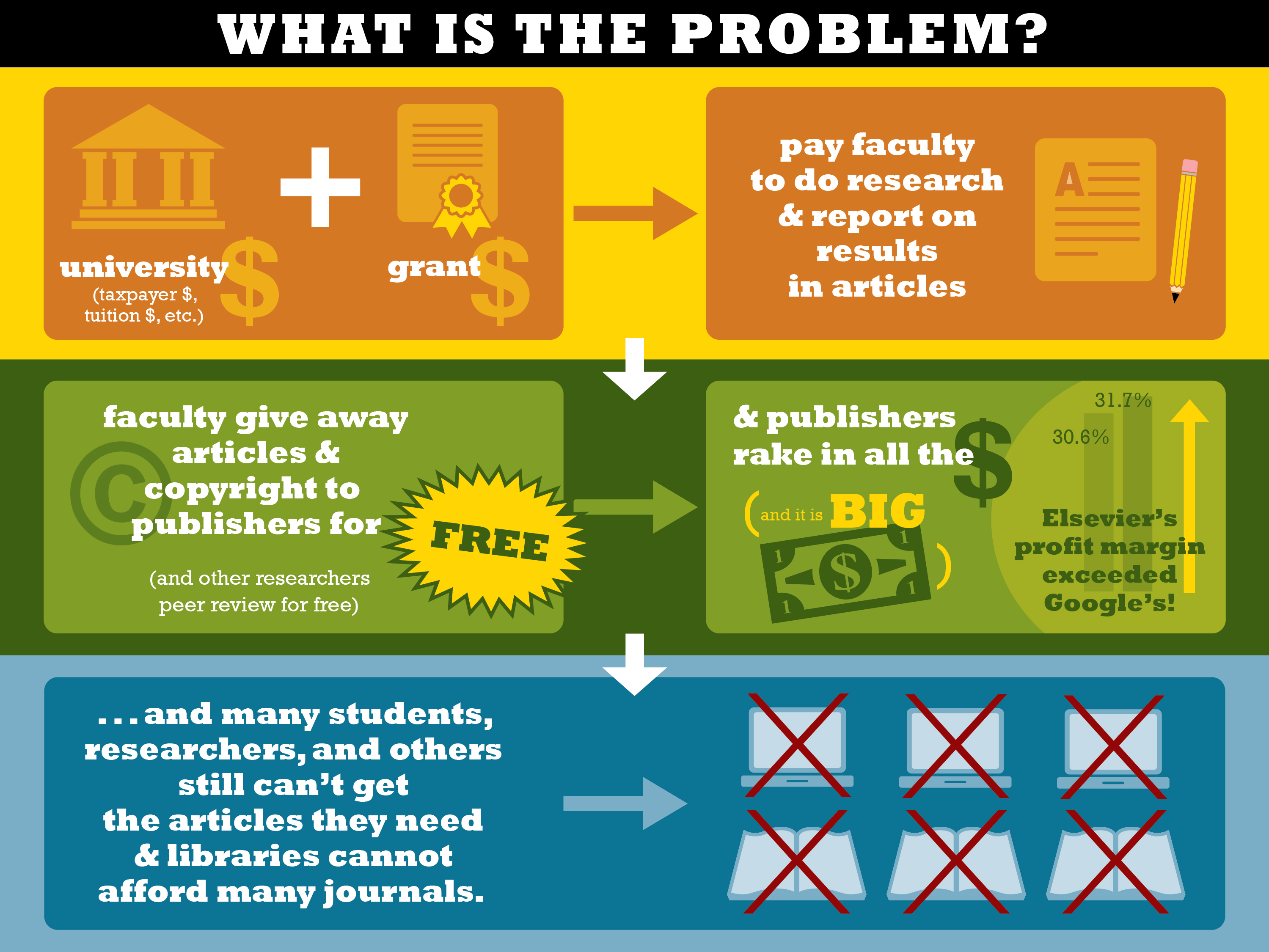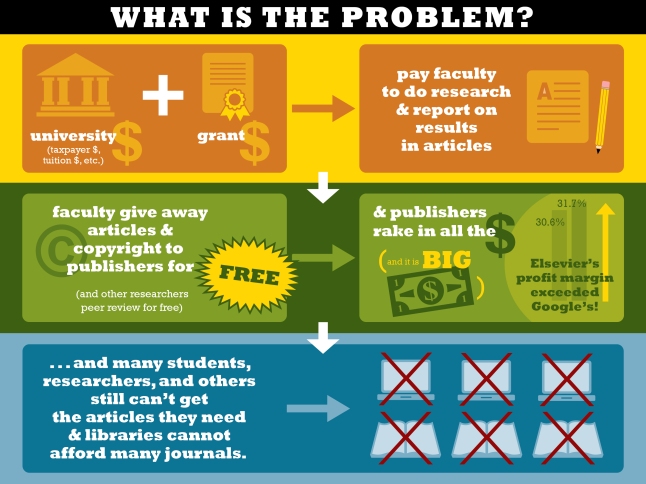
Topic 5: SUMMARY – Access Denied – The Advantages and Disadvantages of Open Access
One of the key points I have learned from this topic is the structure that governs the production and distribution of academic journal articles. Thanks to Bartosz’s diagram (as shown below), I finally realised how the structure loosely resembles the music industry’s methods of distributing music. Whilst journal companies take the largest cut, the author takes a small fee at the expense of having his/her article reviewed and placed within a reputable journal firm.
Continue reading →








